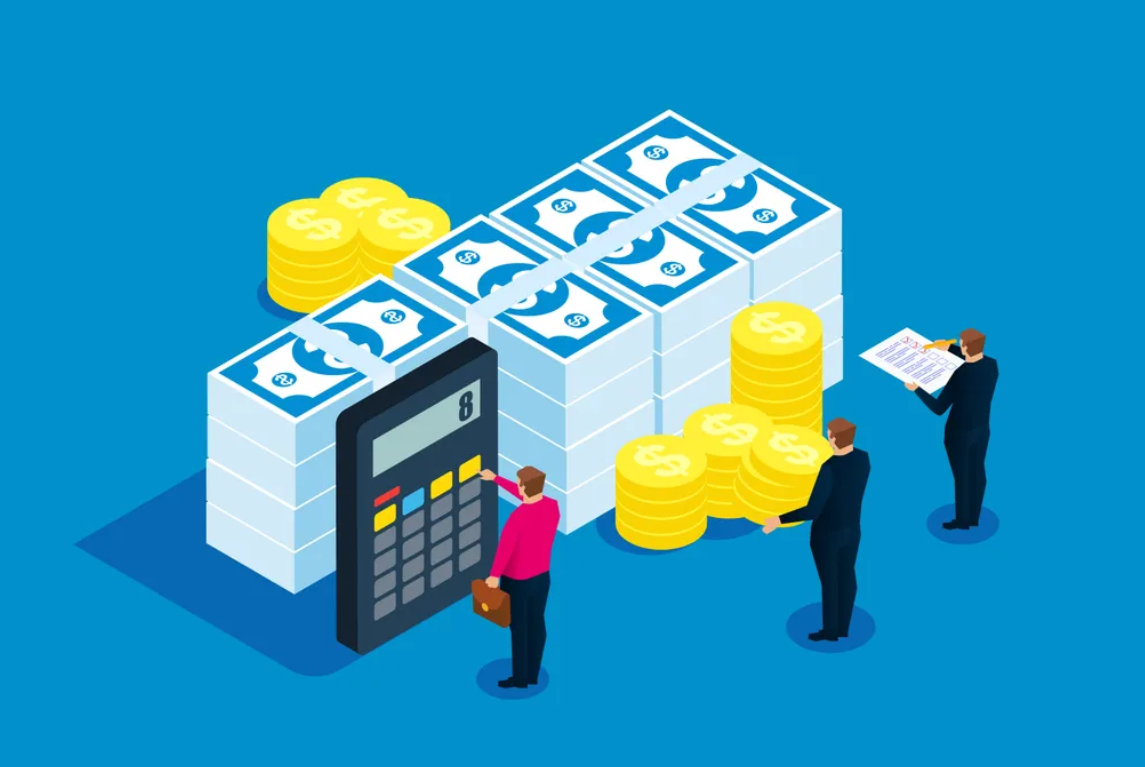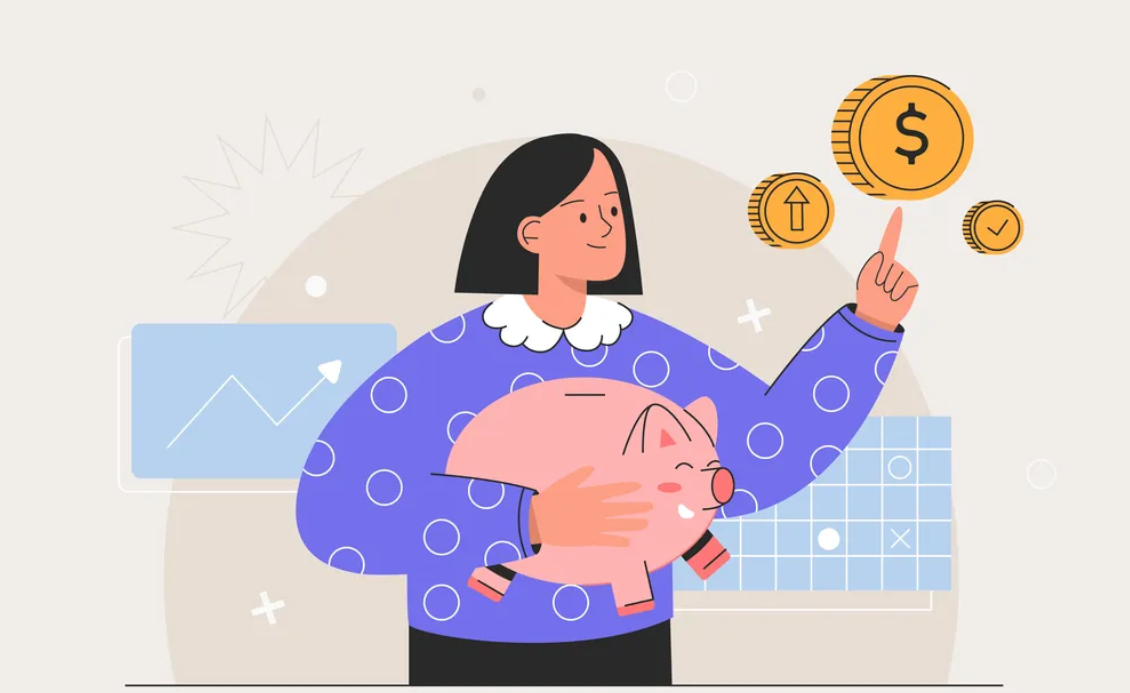The Federal Reserve, often referred to as the Fed, plays a pivotal role in shaping the economic landscape of the United States. When the Fed makes policy changes, they have far-reaching implications that touch the lives of individuals and the broader financial market. In this article, we’ll delve into the recent actions taken by the Fed and what they might mean for your savings accounts.
Understanding the Fed’s Role
The Federal Reserve is the central bank of the United States, responsible for conducting monetary policy. Its primary objectives include promoting full employment and maintaining stable prices (controlling inflation). To achieve these goals, the Fed uses various tools at its disposal, such as adjusting interest rates.
The Fed and Interest Rates
Interest rates are a crucial component of the economy. They impact everything from the cost of borrowing for individuals and businesses to the return on savings accounts. The Fed has the ability to influence short-term interest rates by adjusting the federal funds rate, which is the rate at which banks lend to each other overnight. When the Fed changes the federal funds rate, it ripples through the financial system, affecting rates on loans and deposits.
Recent Moves by the Fed
In response to economic conditions, the Fed recently made a significant policy change that may impact savings accounts.
Interest Rate Cuts: In times of economic uncertainty, the Fed may cut interest rates to stimulate borrowing and spending. The goal is to encourage economic growth. During the early stages of the COVID-19 pandemic, the Fed cut interest rates to near-zero levels.
Interest Rate Increases: As the economy recovers and shows signs of inflation, the Fed may raise interest rates to cool off economic activity and keep inflation in check.
Federal Funds Rate Target Range: The Fed also sets a target range for the federal funds rate. Changes in this range have a direct impact on short-term interest rates.
What the Fed’s Moves May Mean for Savings Accounts
Here’s how the Fed’s recent actions might affect your savings accounts:
Interest Rates on Savings Accounts
When the Fed cuts interest rates, it often leads to lower rates on savings accounts. While this can be discouraging for savers, it’s important to remember that savings accounts are still a safe place to park your money. However, you may earn less interest during times of low rates.
Inflation and Purchasing Power
During periods of low interest rates, it’s essential to keep an eye on inflation. If inflation is rising faster than your savings are earning interest, your purchasing power could erode. In this case, it might be a good idea to consider other investment options to help your money grow at a pace that outpaces inflation.
Opportunities for Savers
Low interest rates don’t mean there are no opportunities for savers. It’s a good time to shop around for the best savings account rates. Online banks, in particular, often offer more competitive rates compared to traditional brick-and-mortar banks. You can also explore certificates of deposit (CDs) or no-penalty CDs, which may offer higher rates and still allow access to your money.
Fixed-Rate vs. Variable-Rate Savings Accounts
If you’re concerned about potential future rate cuts, consider whether to opt for a fixed-rate savings account. Fixed-rate accounts offer a guaranteed interest rate over a specified period, which can provide stability in uncertain economic times. On the other hand, variable-rate accounts may fluctuate with changes in the federal funds rate.
Financial Planning
The Fed’s actions can affect your long-term financial planning. If you rely on your savings accounts for financial goals, such as a down payment on a home, education expenses, or retirement, it’s crucial to consider the impact of interest rate changes and make adjustments as needed.
The Federal Reserve’s decisions regarding interest rates have a direct impact on the returns from your savings accounts. While low interest rates can be challenging for savers, it’s essential to adapt your financial strategies to current economic conditions. By staying informed and exploring your options, you can make the most of your savings and continue to work toward your financial goals, regardless of the Fed’s latest moves. Remember, financial planning is a dynamic process that requires flexibility and adjustment as economic conditions evolve.





